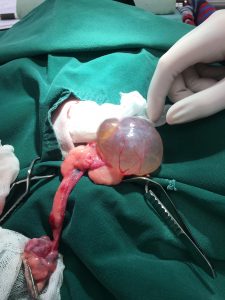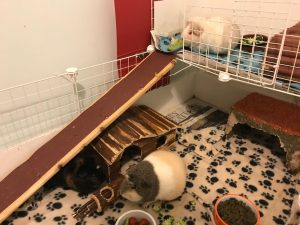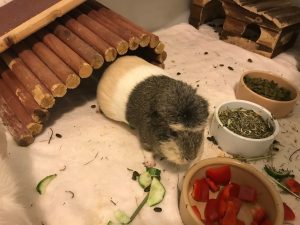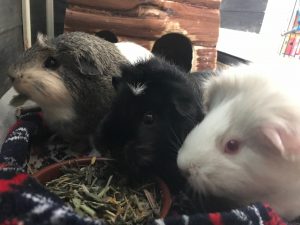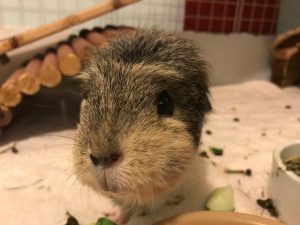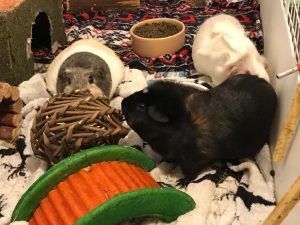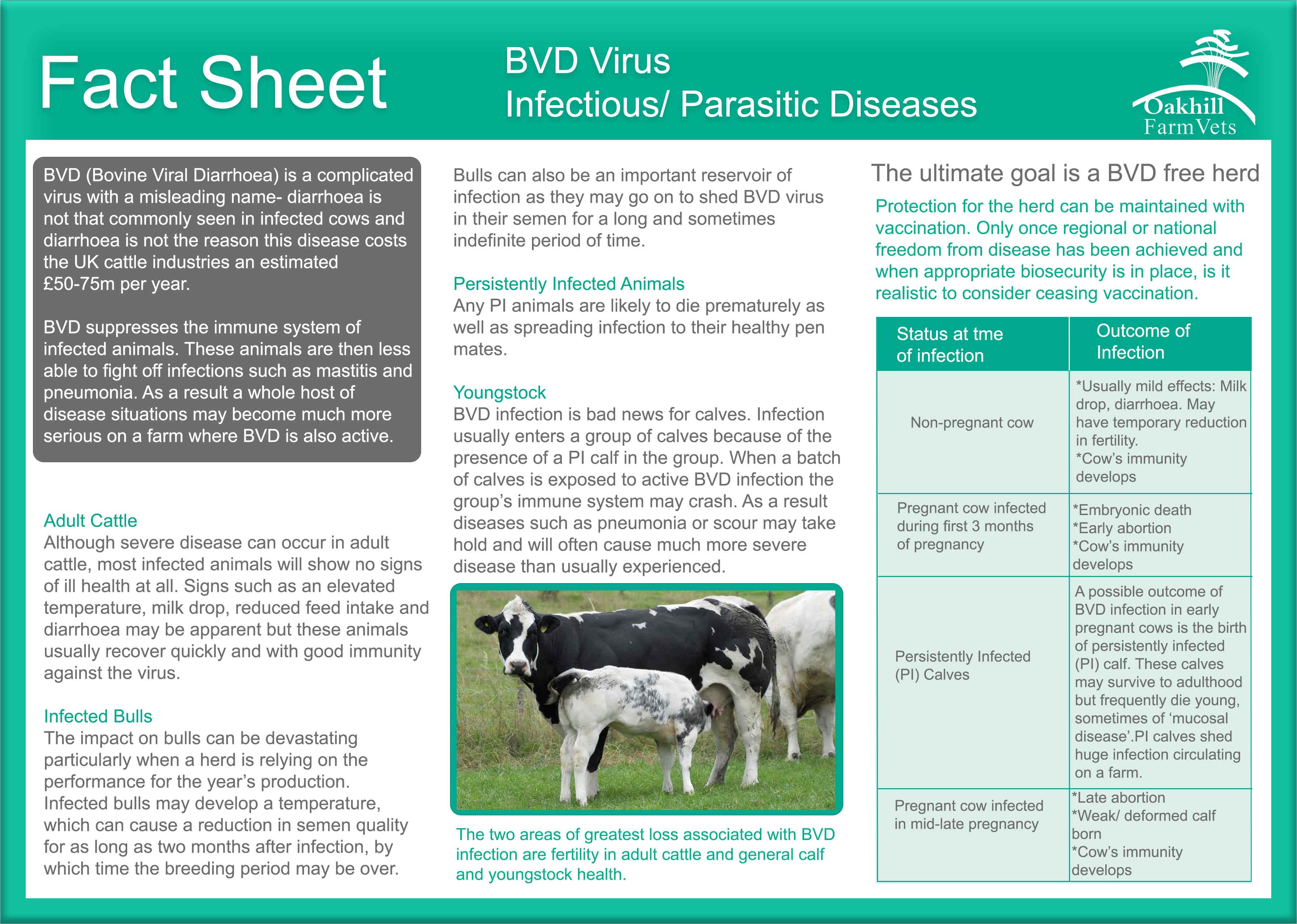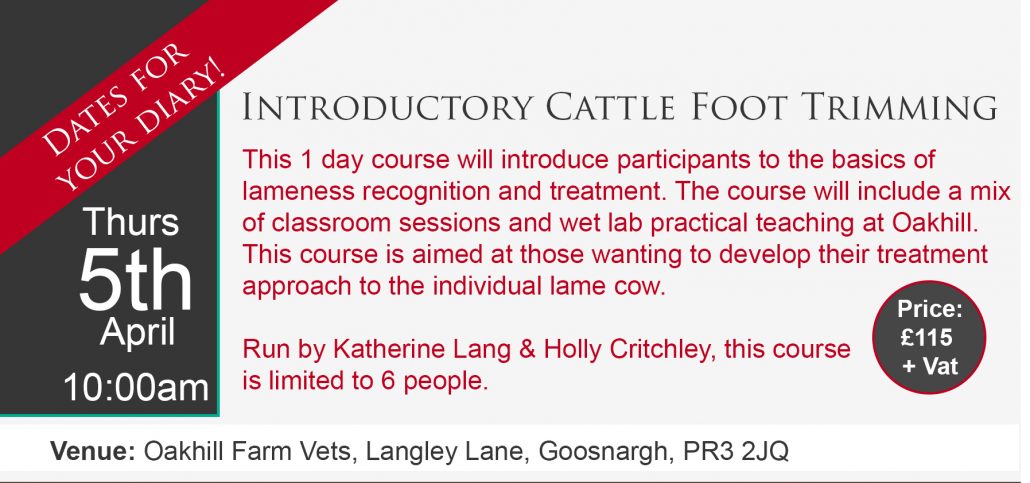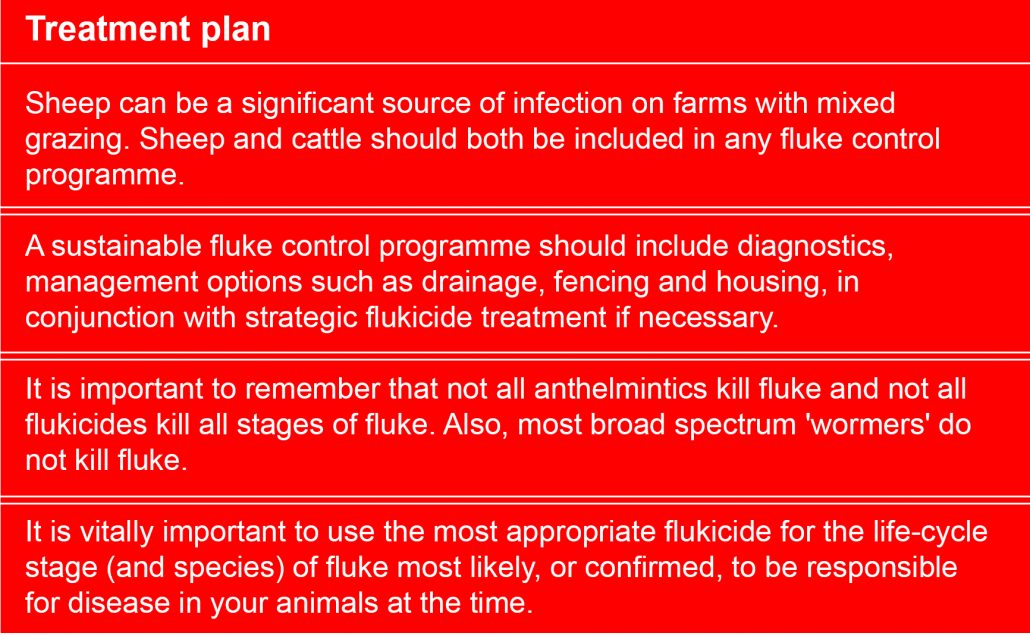After a long cold winter this year, spring definitely can’t come soon enough. But as we look forward to the longer days and the warmer months, it’s important to remember that spring can bring some unwanted danger to our pets.
Easter
With bank holidays, chocolates and hopefully warmer weather, Easter is often a good time to relax. For people with dogs, this time of year is also great for long walks, but Easter can be potentially more dangerous to dogs due to the amount of chocolate involved.
Dogs like to get their paws on any food in sight, and unfortunately chocolate is one of these foods. However chocolate is toxic to our dogs. Dogs should never be given chocolate, or have access to any, this includes those hidden gems on a Easter egg hunt.
If you set up an Easter egg hunt for your children in your home or garden, make sure that you know where they’re all hidden. It’s easy to hide lots of eggs and forget about where some of them are hidden, but your dogs nose will find them easy enough. If possible, places all chocolates and eggs on the Easter egg hunt in Tupperware or boxes to prevent your dog finding them before the kids.
It’s not just the chocolate eggs that you should keep an eye on either! Boiled eggs can cause an upset stomach and constipation in your pet, especially if they eat the shells as well. If a dog consumes an egg whole, surgery may be needed to keep it from blocking the intestinal tract.
Plastic eggs pose as serious risk as well, mainly because if consumed they can’t be digested. While it may be possible for it to pass through the digestive system, it can also get stuck and cause damage requiring surgery.
Flowers
Daffodils are usually a great indication that spring has finally arrived as they’re prolific around spring / Easter time.
While dogs don’t usually pay attention to them, the bulbs of the Daffodil can be toxic if ingested. This is important if your dog likes to dig around the garden and uproot your flower garden.
Lilies are very popular around Easter, however every part of the lily is highly toxic to pets especially cats. Easter lilies and other lilies can be toxic to cats, causing kidney failure and death. All parts of the lily can be toxic, and eating just one leaf can result in severe poisoning. If you think your cat has eaten a lily, contact your vet immediately.
Other foods
Chocolate isn’t the only food your dog needs to avoid, other popular Easter food like Simnel cake and other Easter cakes / food like Hot Cross Buns usually contain raisins and sultanas, both of which are toxic to dogs, along with other products of the grape family. Therefore, do not let your dog have a bite of these foods as a treat.
Synthetic grass
Easter grass, like holiday tinsel, can be tempting to pets and dangerous if ingested causing intestinal trouble. The long, thin strings can cause “intussusception”, a bunching-up of the intestines, which requires surgery.
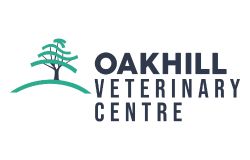

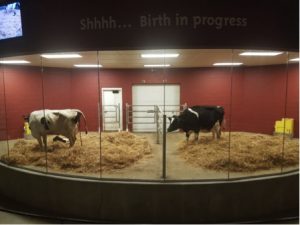
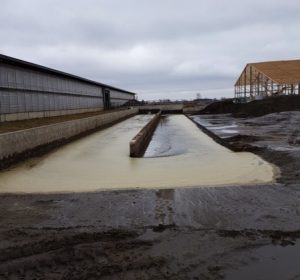 However, increasing stocking density on one farm to 110% to prepare for expansion had reduced yield by 3kg/cow. Sand was the predominant bedding system and was reclaimed using a sand lane system where the slurry was effectively washed repeatedly in a channel, the gradient of the channel meant that the sand settled out and could be removed before being reused after around 6 weeks.
However, increasing stocking density on one farm to 110% to prepare for expansion had reduced yield by 3kg/cow. Sand was the predominant bedding system and was reclaimed using a sand lane system where the slurry was effectively washed repeatedly in a channel, the gradient of the channel meant that the sand settled out and could be removed before being reused after around 6 weeks. Did you know?
Did you know?  temperatures getting hot enough to use these systems for a few days in the summer. However, fans switched on at 15-18°C and soakers at 21°C, with farmers reporting a clear benefit at these temperatures.
temperatures getting hot enough to use these systems for a few days in the summer. However, fans switched on at 15-18°C and soakers at 21°C, with farmers reporting a clear benefit at these temperatures. During the trip we had the opportunity to visit a large robot farm, 36 robots housed under one roof! The cows were grouped in 180’s with 3 robots to each group, averaging 36kg/day. The shed was ventilated using 100 fans situated down one side of the shed drawing air through. The unit cost roughly $7000/stall to build and he plans to install another 12 robots in the next few years. The calf rearing part of the enterprise was even more impressive. Calves were reared in groups of 60 on automatic feeders and used whole milk with a protein supplement, at 3 weeks they were drinking 13 litres on average and were 120kg bodyweight at 9 weeks of age.
During the trip we had the opportunity to visit a large robot farm, 36 robots housed under one roof! The cows were grouped in 180’s with 3 robots to each group, averaging 36kg/day. The shed was ventilated using 100 fans situated down one side of the shed drawing air through. The unit cost roughly $7000/stall to build and he plans to install another 12 robots in the next few years. The calf rearing part of the enterprise was even more impressive. Calves were reared in groups of 60 on automatic feeders and used whole milk with a protein supplement, at 3 weeks they were drinking 13 litres on average and were 120kg bodyweight at 9 weeks of age.